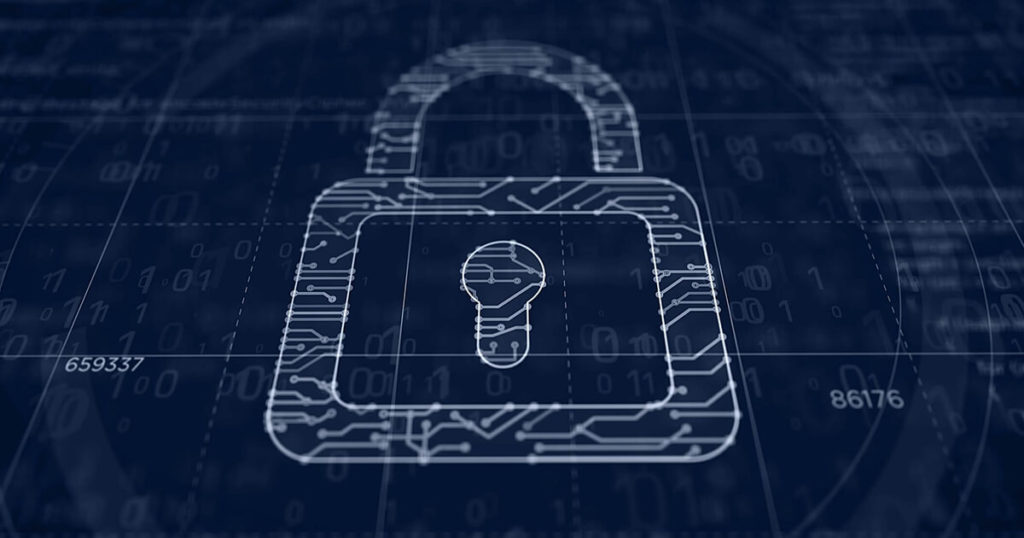The way companies handle data provided by users has been the subject of intense debate in recent years, increasing the demand for transparent rules and secure processes. Therefore, we highlight below three pillars of information security that every organization has to prioritize when developing its internal systems and processes.
In this article, we will briefly discuss what each of these pillars represents and how to prevent possible threats.
- Confidentiality in Information Security
Failure to protect sensitive data is dangerous for customers, employees, suppliers, investors, and other stakeholders. Given the financial and legal damage that it can cause, the pillar of confidentiality focuses on the privacy of data collected by the organization.
One of the most important actions to protect data against cyberattacks, cyber spying, and other risks is the adoption of access controls according to the department and job title of an employee. For this reason, well-defined criteria must be defined for impact on operations in case of an information leak happens.
Employee training is also critical – after all, a trained employee can identify risks in advance, creating a human firewall that complements existing security measures at the hardware and software level, such as biometric verification and encryption.
- Integrity
The pillar of integrity refers to actions that preserve the accuracy, consistency, and reliability of all systems and information of an organization. The idea is to ensure that no external interference can affect, compromise or damage stored data.
In addition to the access controls mentioned above, other measures to ensure data integrity include system backup to recover accidentally altered data, and system verification to detect undue changes. This way, your company will ensure proper system operation.
- Availability
Availability refers to the accessibility of data stored by the organization. System users must be able to access such data whenever they need. For this reason, maintenance processes for both hardware and software should be fast and efficient.
A comprehensive technology infrastructure must be in place to ensure systems won’t go down. In addition, it’s very important to have a disaster recovery plan in force to ensure quick response in extreme cases, such as natural catastrophes, fire, and blackout.
The three pillars of information security are also directly related to the General Data Protection Regulation (GDPR), which requires several adjustments from companies that handle restricted information.
Want to know more about this topic? Check our new articles including how to implement the new GDPR.
